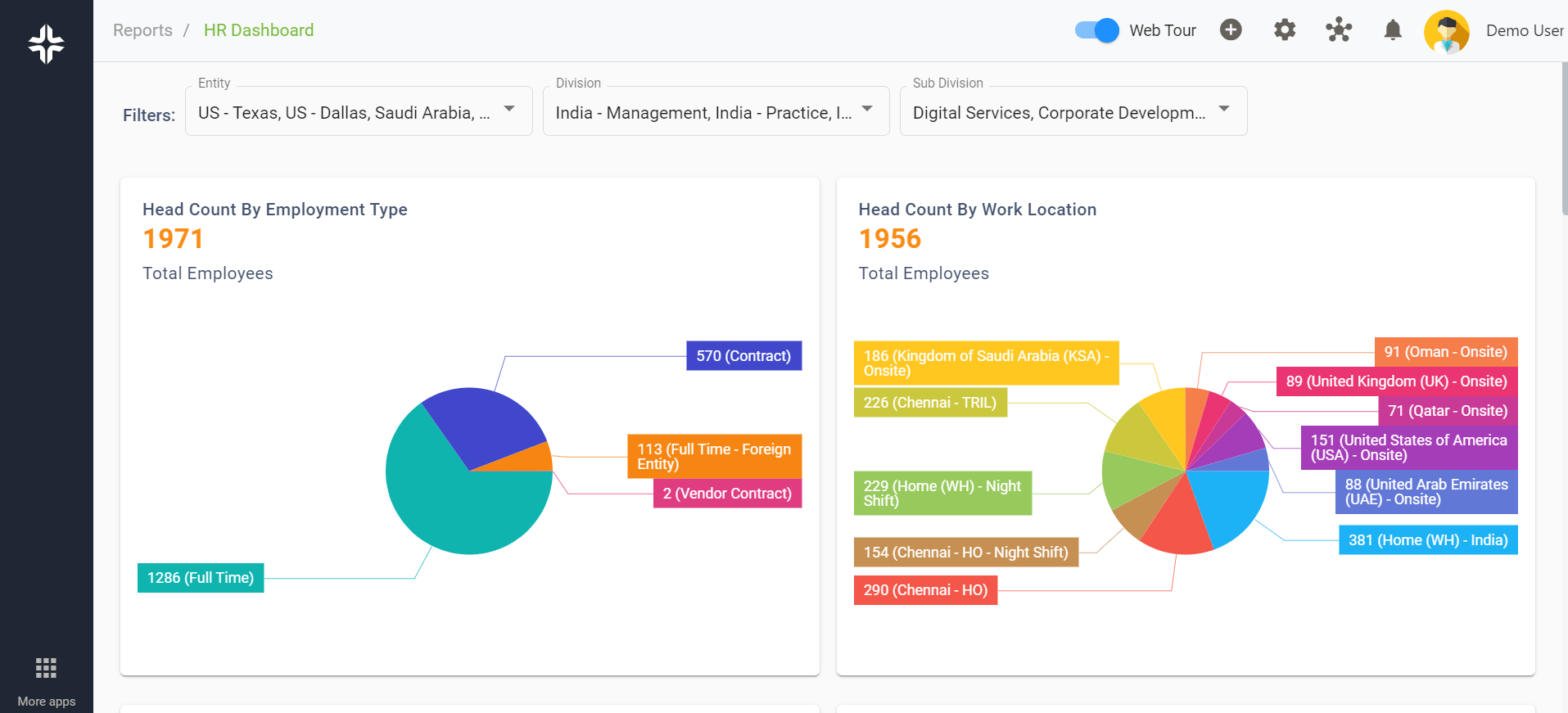Home » PSApedia
Employee Skill Gap Analysis
Empower Your Workforce and Discover Insights on Employee Skill Gap Analysis.

What Is Employee Skill Gap Analysis?
Employee skill gap analysis is a crucial evaluation process used by businesses to assess the disparity between the skills employees possess and the skills required for effective job performance. It involves identifying deficiencies in skills or knowledge among the workforce and devising strategies to bridge these gaps.
In today’s rapidly evolving job landscape, staying competitive demands a workforce equipped with the right skills. Therefore, comprehending and addressing these gaps is pivotal for organizational growth and success.
Why Is Employee Skill Gap Analysis So Important?
Understanding the skill gaps within your organization is crucial. It helps in:
1. Enhancing Productivity: By training employees in areas they lack, you boost overall productivity.
2. Future-Proofing Your Workforce: With rapid technological advancements, staying up-to-date is key.
3. Employee Retention: Employees value personal growth. By investing in their development, you increase their loyalty.
4. Competitive Advantage: A skilled workforce means better service, innovation, and a stronger position in the market.

Why Is Employee Skill Gap Analysis So Important?
How to Calculate Employee Skill Gap?
There isn’t a one-size-fits-all formula for calculating skill gaps, but a simple method involves a few steps:
Step 1: Identify Key Skills: List down the essential skills required for each role.
Step 2: Assess Current Skills: Use assessments to determine the current skill levels of employees.
Step 3: Identify the Gap: Compare the required skills with the current skills to find the gap.
Example: If a project manager needs advanced Excel skills (level 5) but currently is at level 3, the skill gap is level 2.
Employee Skill Gap Analysis vs Other Related Concepts
Employee Skill Gap Analysis differs from other workforce assessments like Performance Appraisals or Employee Satisfaction Surveys. While performance appraisals assess how well an employee is doing their job, skill gap analysis focuses on the future skills needed. Satisfaction surveys measure happiness and engagement, not skill levels.
| Aspect | Employee Skill Gap Analysis | Performance Appraisals Differentiation |
|---|---|---|
| Definition | Assessment of the disparity between an employee’s current skills and the skills required for their role | Evaluation of employee performance against set criteria to differentiate high, medium, and low performers |
| Purpose | Identify areas where employees need training or development to close the gap between current and required skills | Provide a basis for rewards, promotions, and developmental plans by distinguishing between different levels of performance |
| Frequency | Conducted periodically, such as during employee development reviews or as part of ongoing performance management | Typically conducted annually or semi-annually as part of the formal performance appraisal process |
How Employee Skill Gap Analysis Is Used?
This analysis is used in various ways:
1. Training and Development: Tailoring training programs to address specific gaps.
2. Recruitment: Hiring new talent with the skills currently lacking in the organization.
3. Succession Planning: Preparing current employees to take on future roles.
Ready to Optimize Your Employee Skill Gap Analysis?
KEBS, with its PSA Software, offers tools and insights to effectively conduct and utilize employee skill gap analysis. KEBS software provides valuable data to accurately identify skill gaps. Track the progress post-training to ensure the gaps are being filled.
Interested in learning more about PSA software? KEBS eBook provides comprehensive insights.

KEBS HR Dashboard
For a detailed guide on managing project financials, which is crucial in skill development, see KEBS whitepaper. Contact us today for a tailored solution, or try our demo to see how we can transform your talent management strategies.



